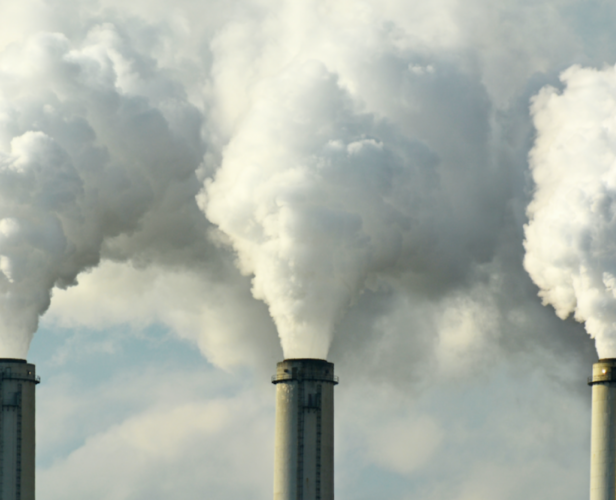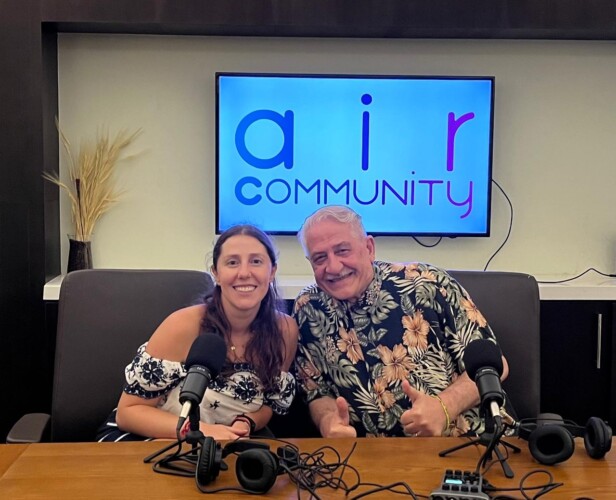Trends and Challenges in the HVAC Industry: Technological Evolution in the Face of Environmental Demands from the Montreal Protocol to the Kigali Amendment
By: Uriel Trejo
The imperative and inescapable need to mitigate environmental impacts and sustainably manage natural resources does not exclude the HVAC industry. This reality became evident in September 1987, when 46 States agreed and signed the Montreal Protocol. A landmark agreement aimed at protecting the earth’s fragile ozone layer by reducing the production and consumption of Ozone Depleting Substances (ODS). Its success is undeniable, as it represented the first international pact for the environment to obtain unanimous support and to which today most countries in the world are party (United Nations Environment Programme, 2020).
Since then, the air conditioning and refrigeration industry has been forced to accelerate technological transformations in its products, because the refrigerant gases, essential for the operation of this equipment, used Ozone Depleting Substances (ODS). Although efforts to reduce the negative impact on the ozone layer have been successful, refrigerants considered new generation at the time continued with a problem: the increase in the temperature of the earth due to the Global Warming Potential (GWP) that have refrigerant gases called Hydrofluorocarbons (HFCs).
In 2016, the Kigali Amendment to the Montreal Protocol was established with the aim of including HFCs in the list of substances subject to control. These compounds are recognized to have a higher Global Warming Potential than carbon dioxide (CO2) per molecule (United Nations Environment Programme, 2022). In addition, this international instrument indicates that a gradual reduction of up to 80% or more must be made.
The Kigali Amendment will play a crucial role in preventing a 0.5°C increase in global average temperature by the end of the century. In addition, it is estimated that this measure could result in a decrease in atmospheric emissions of around 70 billion tons of carbon dioxide equivalent by 2050 (Secretaría de Medio Ambiente y Recursos Naturales, Mexico, 2020).
As a result, manufacturers of air conditioning and refrigeration equipment are once again faced with the need to bring to market new equipment and systems that use alternative refrigerant gases with a lower Global Warming Potential than those with a higher Global Warming Potential than those with a lower Global Warming Potential.
conventionally used in the industry (R-410A, R-134a, R404A, among others). According to the magazine (ACR Latin America, 2020) the industry is experiencing a growing shift towards more cost-effective options and with a lower Global Warming Potential than conventional refrigerants in air conditioning applications. The company Danfoss conducted a comprehensive analysis that examined the uses, benefits and limitations of various alternative refrigerants and among these highlighted the R-32 and R-454B (DANFOSS, 2020).
In conclusion, the technological evolution in the HVAC industry in response to environmental demands, from the Montreal Protocol to the Kigali Amendment, has been instrumental in mitigating negative impacts on the ozone layer and reducing greenhouse gas emissions on the planet. This shift towards more sustainable options demonstrates the industry’s ability to adapt and contribute positively to environmental protection.

Bibliography
ACR Latin America. (December 8, 2020). What lower GWP refrigerants can you use to replace R410A? Retrieved from https://www.acrlatinoamerica.com/202012089611/noticias/empresas/que-refrigerantes-de-menor-gwp-puede-utilizar-para-reemplazar-el-r410a.html
DANFOSS. (2020). R32, R452B, R454B: Which lower-GWP refrigerants can you use to replace R410A? Retrieved from https://www.danfoss.com/en/about-danfoss/our-businesses/cooling/refrigerants-and-energy-efficiency/refrigerants-for-lowering-the-gwp/r32/#tab-overview
United Nations Environment Programme. (2022). EVERY ACTION COUNTS: THE KIGALI AMENDMENT . Retrieved from http://www.digeca.go.cr/sites/default/files/documentos/kigali_amendment_sp.pdf
Ministry of Environment and Natural Resources, Mexico. (January 28, 2020). Blog: World CO2 Emissions Reduction Day. Obtenido de https://www.gob.mx/semarnat/articulos/dia-mundial-por-la-reduccion-de-las-emisiones-de-co2-233219#:~:text=La%20Enmienda%20Kigali%20contribuir%C3%A1%20a,equivalente%20para%20el%20a%C3%B1o%202050.
United Nations Environment Programme. (2020). The Montreal Protocol”. United Nations Environment Programme Ozone Secretariat. Retrieved from https://ozone.unep.org/es/taxonomy/term/516



